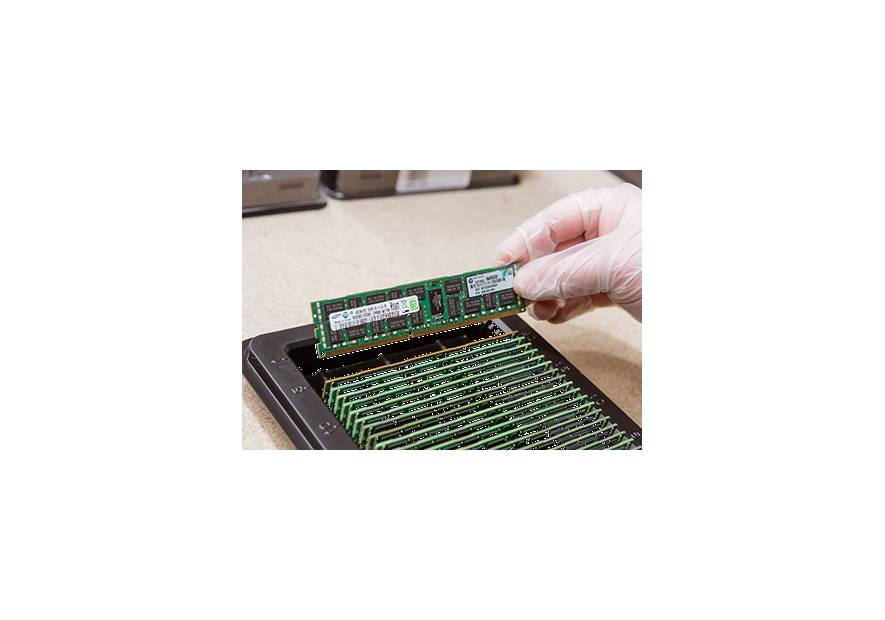What is Server Ram

In the world of modern computing, whether it's the sleek laptop you carry around, the powerhouse desktop workstation, or even the device that's likely always within arm's reach - your smartphone - there exists a pivotal component known as RAM, or Random Access Memory. This enigmatic term is often casually referred to as "memory." But do you know what it does and why it's there? Let's delve into the intricacies.
RAM, akin to a human's short-term memory, plays a vital role in the computing ecosystem. It is the guardian of fleeting information, the digital equivalent of your "in the moment" thoughts. In contrast, the hard drive serves as the computer's long-term memory, akin to your archive of cherished memories stored in an attic. RAM's primary function is to provide rapid access for storing data that the computer does not intend to retain for extended periods. For instance, when you load a website, the computer efficiently places it in the RAM for immediate access. Once you depart from the webpage, it promptly erases this ephemeral data. Some web browsers even cache these snippets of information to your hard drive, facilitating faster loading times during your subsequent visits to the same site.
However, it's worth noting that the RAM employed in servers exhibits distinct characteristics when compared to the RAM used in laptops and desktops. One of the most notable disparities lies in the server memory's unique feature called ECC, or Error Correction Code Memory. This remarkable attribute grants it the capability to identify and rectify errors that may occur within the stored data, all without requiring any additional computational resources.
This ECC feature, while invaluable in maintaining data integrity, often comes at a higher price point than standard memory modules. Nevertheless, its importance cannot be overstated, especially within sectors such as finance, infrastructure, and government, where data accuracy is non-negotiable.
Furthermore, server memory boasts higher capacity and is engineered to accommodate greater speeds and bandwidth. It is designed with enhanced thermal efficiency to ensure it doesn't overheat in the often tight and confined spaces where servers are typically housed. The unique specifications of server memory make it an indispensable component in the reliable and efficient functioning of these critical infrastructure pieces, serving as the backbone of our digital world.



